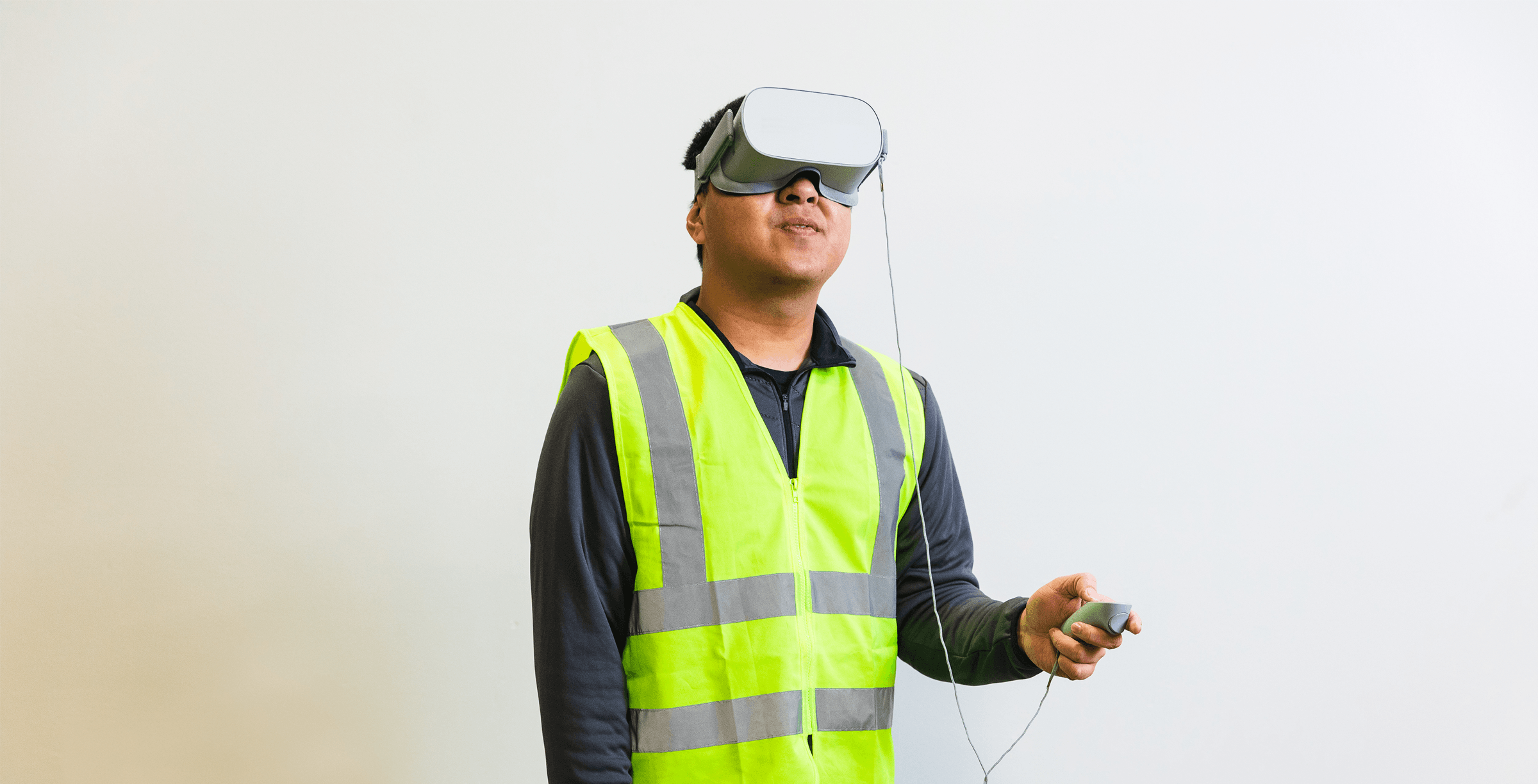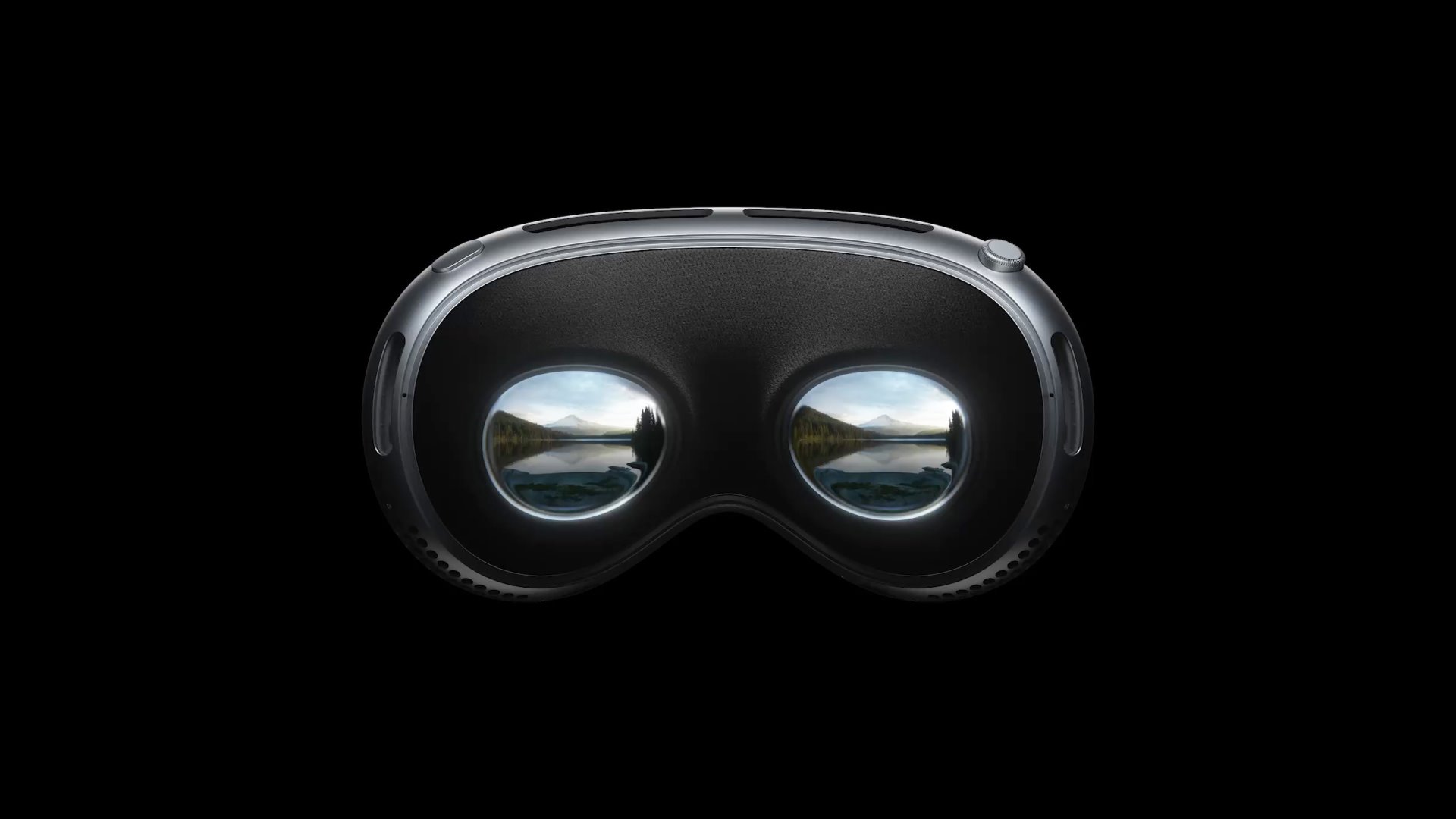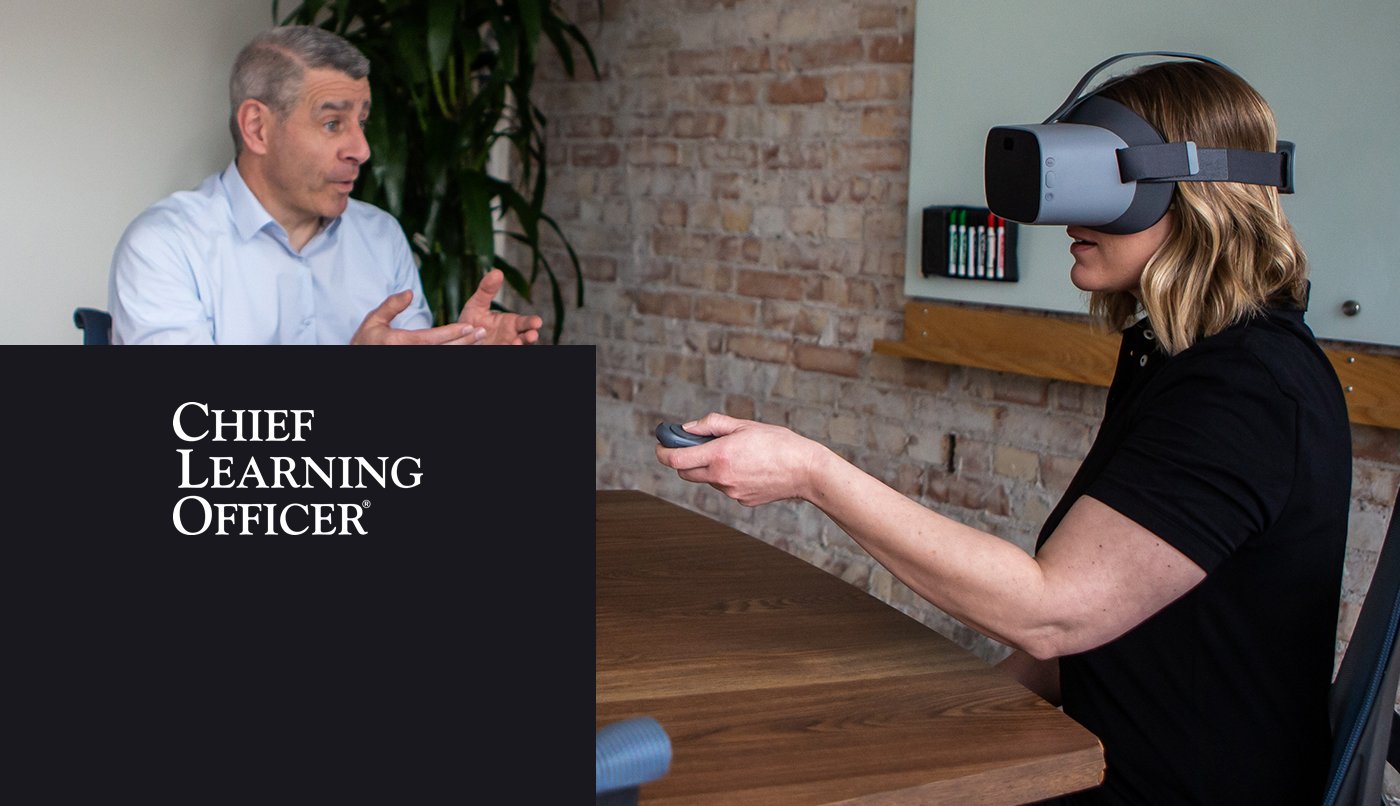We’re in a time when shipping and logistics are more important than ever, thanks to an increasingly global economy and booming e-commerce. Consumers now mail-order things they used to pick up at the store, and companies source the things they need from wherever in the world is cheapest and most reliable. But one of the big things we hear over and over again is that finding and training labor is a significant problem in the logistics industry.
For companies anywhere in the supply chain, hiring, training, upskilling and, especially, keeping talent is more critical than ever before. They’re hiring more people — including, sometimes, temp workers — and are under more pressure to get people trained, motivated, and invested in their jobs as quickly as possible.
VR training is an increasingly common way for logistics companies to get workers onboarded, upskilled, and better at their jobs quickly and at scale. VR training provides the inherent on-demand ability to repeat training in a safe, highly realistic environment with built-in feedback mechanisms.
How VR technology can revolutionize the supply chain
There is a lot that happens every day in the greater scope of the supply chain. When it comes to training workers, that might be something as simple as knowing how to move and lift heavy boxes without injury or how to spot hazards on a busy, high-traffic shipping floor. Or, your company may be concerned with getting people better and faster at loading and unloading trucks in record time.
Training people quickly — whether permanent hires or temp workers — enables your organization to reach efficiency goals faster, but you also want to train them well. And on top of all your other training concerns, you probably want to make sure the people managing all these processes are good at their jobs, too.
VR technology can help with all of these things. It’s being used to revolutionize logistics training, enhance supply chain operations, and drive innovation. VR training offers many advantages in logistics settings, including drastically speeding up training — something that once took eight hours can now take 30 minutes, for instance. This type of training is also fundamentally engaging and hands-on. Learners practice critical skills in a safe but highly realistic virtual environment.
Within the realm of enterprise VR training, Immersive Learning is particularly advantageous to logistics companies.
Immersive Learning is specific and measurable.
Immersive Learning is not just VR content inside a headset. It’s an experiential training methodology that combines the sense of presence of VR with advanced learning theory, data science, and special design. The combination of these four things brings Immersive Learning to life and makes it more effective.
Immersive Learning also has measurable results that can be directly tied back to business. Success metrics might include things like:
- Reduced time spent training
- Increased customer satisfaction
- Higher levels of employee preparation
- Retention around learning
- Reduction in safety incidents (and the associated cost)
Beyond the impact on business metrics, Immersive Learning also results in employees who are more engaged in their work, more productive, and more efficient. Most importantly, with Immersive Learning, they’re able to practice real-life skills in a safe virtual environment. Within VR, they can test things out, try things, and learn by doing without any actual safety hazard. Learners can see and feel the consequences of their decisions without any actual physical impact. It helps build confidence and change behaviors.
VR technology in the supply chain
VR learning can be tailored to very specific types of logistics training scenarios, including things like:
- Loading and unloading trucks
- Picking and packing boxes
- Rolling out new processes, equipment, and technology
- Training for seasonal spikes
Taking the first example — loading and unloading trucks — the learner within a VR headset might first watch an avatar load a truck, noting the method and safety measures, then try it themselves. Within the VR experience, things seem very real. They move their body, head, and hands to physically go through the motions of the activity. And they’re assessed as they go.
Skills assessment
This is an area where Immersive Learning shines: assessing a candidate’s potential for a role as they undergo training in a headset. Immersive Learning platforms inherently collect certain types of data, including performance data (how a learner performs within a specific learning module) and attention data (typically by tracking eye movement). Combining these data sets with a predictive model, training organizations can gauge how well a particular learner is picking up skills and will perform on the job.
In this way, Immersive Learning provides a much more comprehensive prediction of behavior than any traditional skills-based test has been able to provide to date. Immersive Learning provides other crucial sets of data, too, including sentiment analysis (how learners feel about the training) and usage data (who is using the training, when, how often, and for how long).
Read more about skills assessment
Inserting VR training into supply chain management
With repetitive practice in a simulated but highly realistic environment, logistics employees can learn things like proper lifting techniques, how to maximize space, and how to employ situational awareness for productivity and safety. They can also learn better management, soft skills, and technical skills particular to individual companies.
For supply chain and logistics companies hoping to embark upon an Immersive Learning journey, the first step is determining where the most impact could be gained from VR training — team coaching, safety training, operational skills, or something else.
To learn more about VR training for logistics companies, visit our Logistics training web page or dive into the on-demand webinar Industry insights: VR training for logistics.






